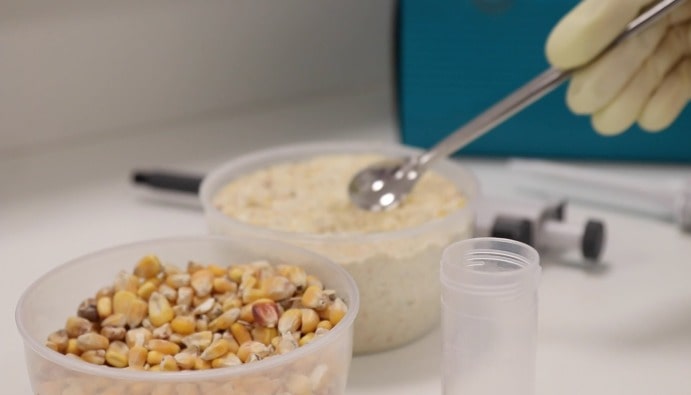Mycotoxins in Food and Feed: Detection and Identification
Mycotoxins are the most studied biological toxins, which contaminate food in very low concentrations and cause harmful effects on human and animal health, causing significant economic losses. Important mycotoxins;
- Aflatoxins (AFs),
- Ochratoxin A (OTA),
- Zeralenone (ZEN),
- Fumonisins (FBs),
- Ergot alkaloids (EAs),
- E nniatins (ENs),
- Patulin (PAT),
- Alternaria toxins (ATs)
- Trichotecens ( TCs )
- Deoxynivalenol (DON),
- T-2 and HT-2 toxins (T-2, HT-2)
The main producers of mycotoxins are fungi of the genera Aspergillus, Fusarium, Penicillium, Claviceps and Alternaria. There can be many reasons for mycotoxin formation in food and feed:
- Climate,
- Bad manufacturing practices and technologies,
- Poor storage conditions for crops
Many agricultural products such as nuts, fresh and dried fruits and vegetables, cereals such as maize, rice and wheat, many products such as wine, grape juice and beer, milk and dairy products, spices and herbs, coffee and cocoa, and fodder are all part of the food and feed chain. It can be contaminated with mycotoxins during stages. You can contact the accredited Nanolab Food Analysis Laboratory for Mycotoxin Analysis.


